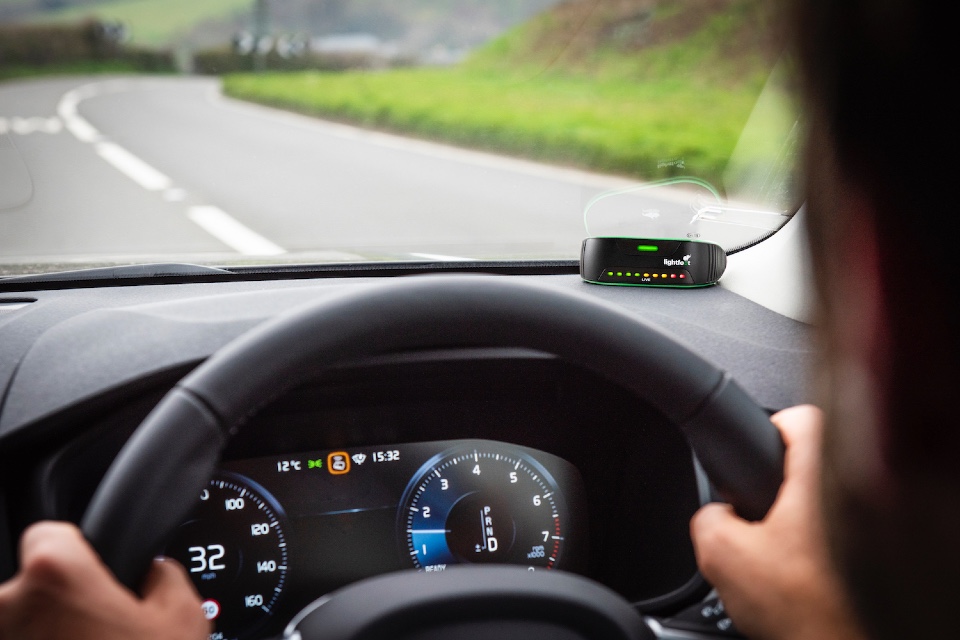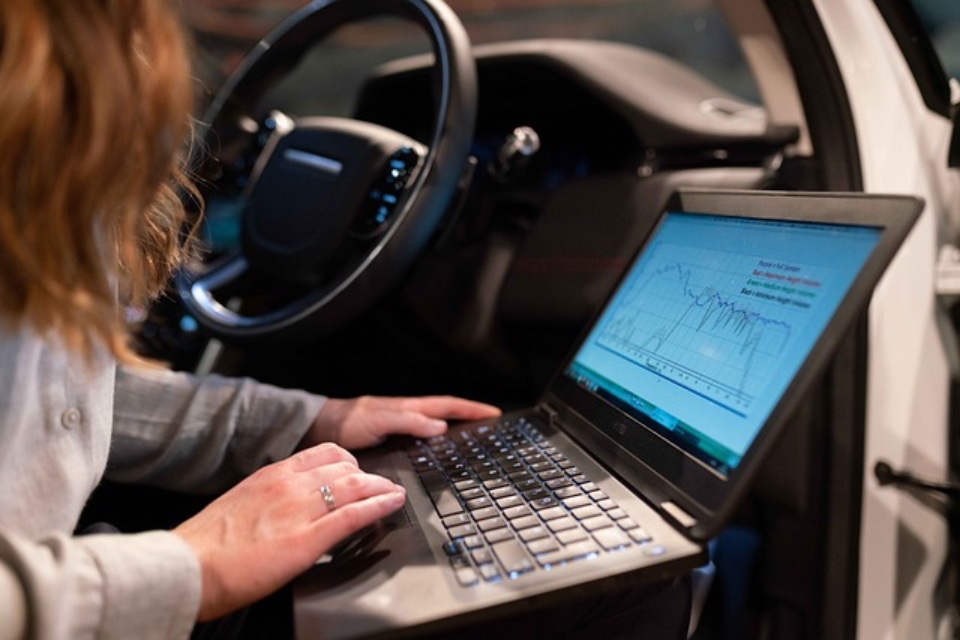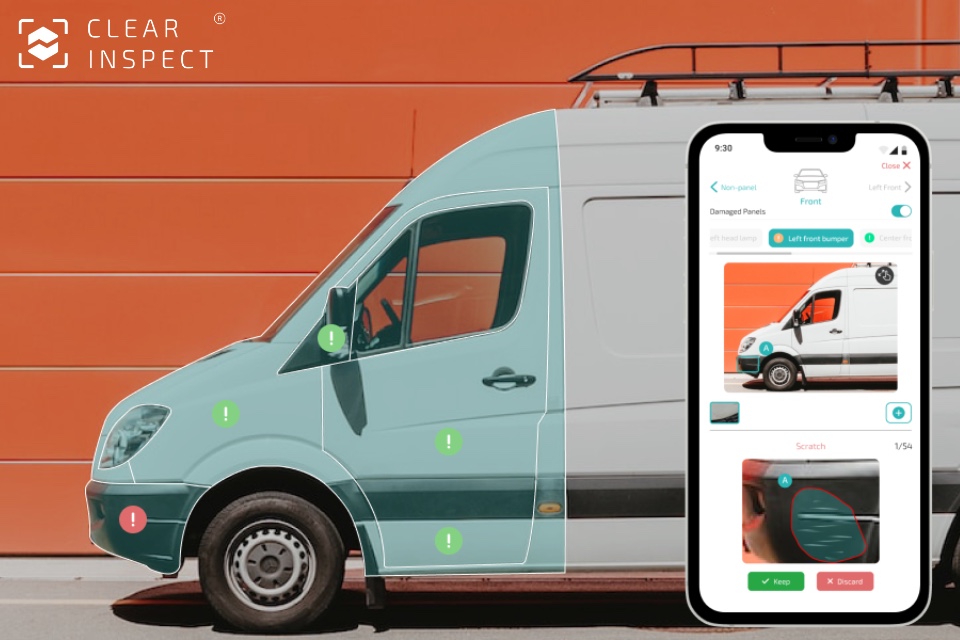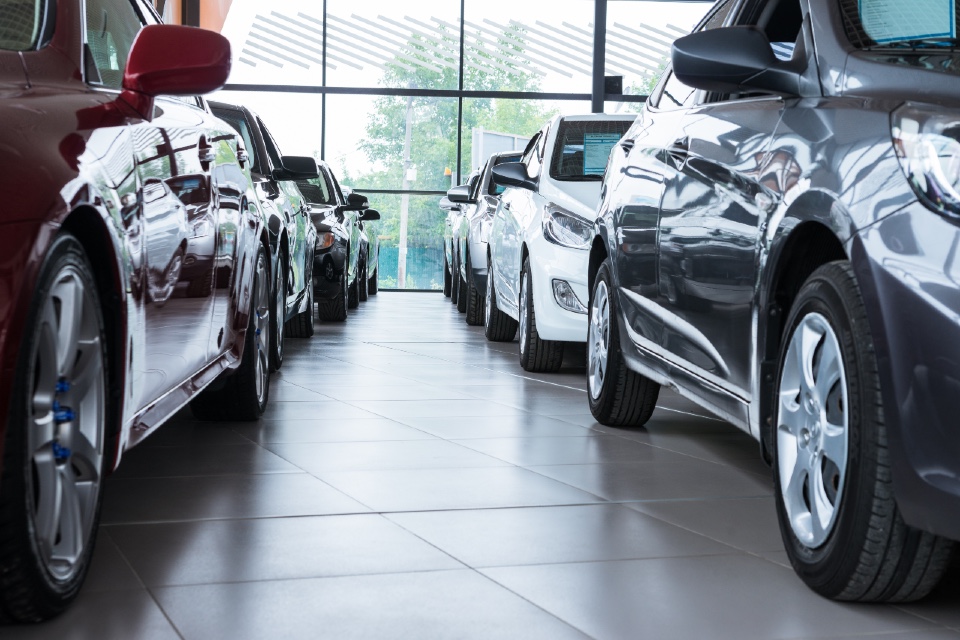Online courses for Fleet Management skills – Fully updated for 2025

We have a wide selection of online courses tailored specifically for the fleet management sector, enabling you to both amass new skills and improve existing ones in 2025 and beyond – start learning today! These are specially-curated online courses designed to help you and your team improve expertise and learn new things. The Management, Leadership & […]
Automation’s role in alleviating UK labour shortage pressures

The pandemic has undoubtedly had a knock on effect across the global labour force, as many companies were forced to downsize operations or shut their doors, either temporarily or permanently. This jolt to business-as-usual, followed by a mass exodus of workers from the labour force during the Great Resignation and a hangover from Brexit created […]
Access online courses to boost your Fleet Management skills

We have a wide selection of online courses tailored specifically for the fleet management sector, enabling you to both amass new skills and improve existing ones in 2024 and beyond – start learning today! These are specially-curated online courses designed to help you and your team improve expertise and learn new things. The Management, Leadership & […]
Why Europe’s driver shortage isn’t just a personnel problem

By Stephan Sieber, CEO, Transporeon It’s no secret that global supply chain disruption has dominated headlines since mid-2020. And, over the past three years, the continuing aftershocks of the COVID pandemic, combined with geopolitical factors and an economic downturn, have caused significant upheaval for shippers, cargo receivers, service providers, brokers, freight forwarders, carriers – and […]
Lightfoot’s Elite Driver Championship reveals first winner

Lightfoot has announced the first four-figure winner of its new driver engagement initiative, the Elite Driver Championship. Providing prize draws ranging from £1,000 to £7,000, the new, big cash prize pot joins the suite of rewards that Lightfoot Elite drivers can win through the Lightfoot driver app, including its weekly Drivers’ Lottery, where individuals can […]
Rising affordability will see commercial EV market ballon to $680bn by 2027

The global commercial Electric Vehicle (EV) market is projected to grow from $30.7 billion in 2020 to more than US$682 billion by 2030, driven by fleet usage and public transport. That’s according to ABI Research, which cites commercial segments such as local delivery, public transportation, logistics, and governmental fleets as being among the biggest early […]
PRODUCT SPOTLIGHT: Introducing ClearInspect – Making fleet inspections simple, efficient & accurate

ClearInspect helps fleet managers efficiently assess & track vehicle condition based on smartphone images and thereby reduce damages and costs. Damage repair costs in fleets Ageing fleet due to supply shortages and inflationary cost pressures mean fleet managers need to find effective ways to reduce damages and associated repair costs. Vehicle inspections are largely manual […]
Government hopes for ‘longer lorries’ economy boost

Longer lorries will be introduced to UK roads to support the government’s priority to grow the economy, boost productivity, slash road emissions and support supply chains. Legislation has been laid out to safely roll out the vehicles on roads from May 31st. The longer lorries will be able to transport fast-moving consumer goods and retail […]
5 Minutes With… Andy Harrison, General Manager at Aftercare Response

In the latest instalment of our fleet management industry executive interview series we spoke to Andy Harrison (pictured), General Manager at Aftercare Response, about current supply chain challenges, the trend toward longer fleet leases and the associated maintenance implications, and the importance of nurturing the next generation of qualified ancillary engineers… Tell us about your […]
‘Finding ways to cut vehicle downtime is the only way fleet and leasing companies can stay competitive’

Leading technology provider for the automotive industry, OEC, has found huge efficiencies with its innovative authorisation platform, reducing vehicle downtime for manufacturers, fleets and lease companies… Athoris can save millions in processing costs by enabling efficiencies through providing access to manufacturer, repairer and leasing company data The digital tool can be fully integrated into any […]


